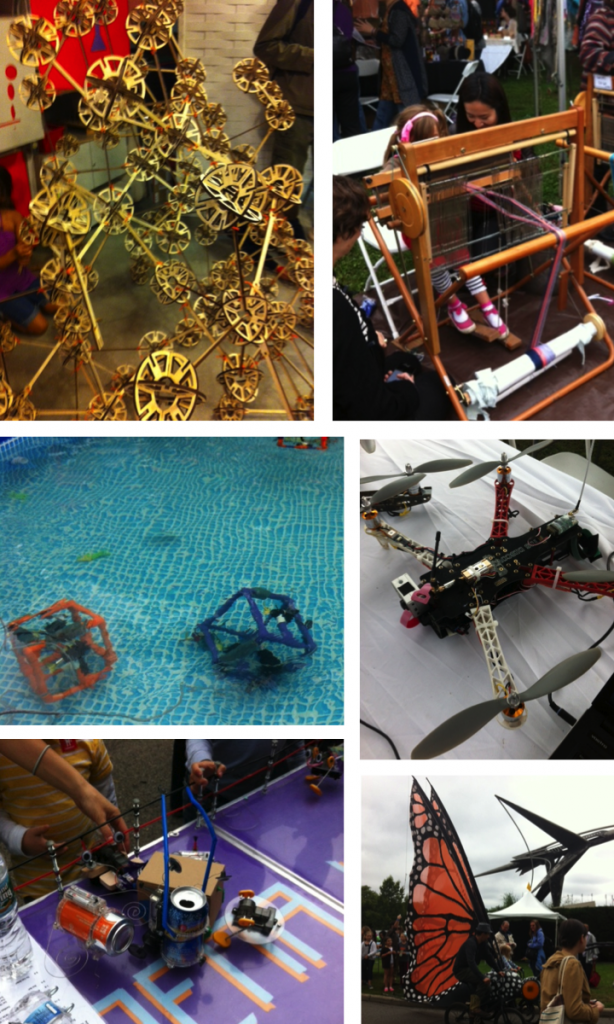As HCI work expands outside of traditional computing fields and as we seek to design for users who are not like us, recruiting participants can become a really time-consuming and difficult process. I wanted to share a few approaches that have worked for me in the past, in particularly focusing on recruiting in situations where you can’t just sucker undergrads or lab-mates into participating.
- Do your formative work (such as participatory observation or interviews) with an organized group, if possible. You may have to do some general volunteer work with the group first. This helps establish your legitimacy within this group and you will be able to continue working with both old and new members in the future.
- Even if you don’t think that your potential participants have a relevant formal organization, try searching meetup.com. There are groups for just about everything and they’re usually happy to have somebody who is interested in their issue as a speaker, so it’s easy to make a connection.
- Post widely on public sites. I have recruited a lot of participants through craigslist, which has the benefit of being fairly local. If your study can be done without meeting in person, I also recommend posting to forums that are relevant to your topic of interest.
- Ask widely in your social network to see if anybody can recommend a participant for a specific study. Facebook is actually quite good for this task, but I’ve also found that bringing it up with people face-to-face gets people to think about it harder. I like to do a lot of looking on my own first, so that I can say “I’m having a hard time finding participants. Here’s what I’ve done so far. Do you have any other ideas?”
- “Snowball Sampling” is when you get a participant to recommend other possible participants. I find that this works great! My one tip for making it even better is asking the snowball question twice: once when I follow up with the participant reminding about our scheduled meeting and again after the study is complete. This gives them a chance to think about it a little bit.
- Do compensate your participants reasonably for their time and transportation. I have found that it is possible to recruit participants for free, but they often have ulterior motivations for participating which may clash with your study’s needs.
- If your study can be done in one session and without special equipment (e.g., an interview), take advantage of the times when you are travelling. Just through posts or meetup groups or connections to friends, I usually get an additional 2 or 3 participants when I visit another state. For some reason, just because I’m there for a limited time, people feel more excited about being in the study (“You came all the way to CA to talk to me?”).
- Lastly, if you need a small number of participants with very specific characteristics, I’ve found that it is worth the money to go through a professional recruiting firm. When I was in Atlanta, I used Schlesinger Associates and I was very happy with the results. I also think that in the end, it led to better data than using friends-of-friends, because the participants didn’t feel a social need to be positive towards my system. But, it is expensive.
One thing that I haven’t tried yet, but could potentially be interesting is using TaskRabbit, which is a site for posting quick tasks and having people in your area do them for money (so, it would only work if you’re compensating participants). If anybody has tried it, I would love to hear about your experience.


